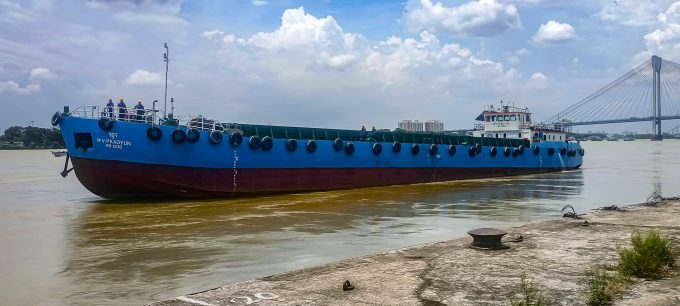India ready to lower US tariffs in exchange for concessions
India has agreed to the US Terms of Reference for the bilateral trade agreement, after ...

Coca-Cola is among the first shippers to benefit from a 40-60 teu inland waterway container service for India-Bangladesh cross-border trade.
Maersk Line has piloted a container-on-barge solution for Indian exports to its neighbour using the framework of a government-to-government “inland water transit and trade protocol”, designed to facilitate river transport along the Bay of Bengal.
The MV Pradyun transported 50 teu from Kolkata to Dhaka on behalf of Coca-Cola Bangladesh Beverages, according to Maersk (India).
“Cargo movement on inland waterways or rivers is much ...
Trump tariffs see hundreds of cancelled container bookings a day from Asia
'To ship or not to ship', the question for US importers amid tariff uncertainty
'Chaos after chaos' coming from de minimis changes and more tariffs
'Disastrous' DSV-Schenker merger would 'disrupt European haulage market'
Forto 'sharpens commercial priorities' as it lays off one-third of staff
List of blanked transpac sailings grows as trade war heats up and demand cools
EC approves DSV takeover of DB Schenker
Overcapacity looms for ocean trades – with more blanked sailings inevitable
Amazon Air’s metamorphosis: 'a different air cargo unit from two years ago'
Shippers in Asia restart ocean shipment bookings – but not from China
India withdraws access for Bangladesh transhipments, in 'very harmful' decision
'Tariff hell' leaves industries in limbo – 'not a great environment to plan'

Comment on this article